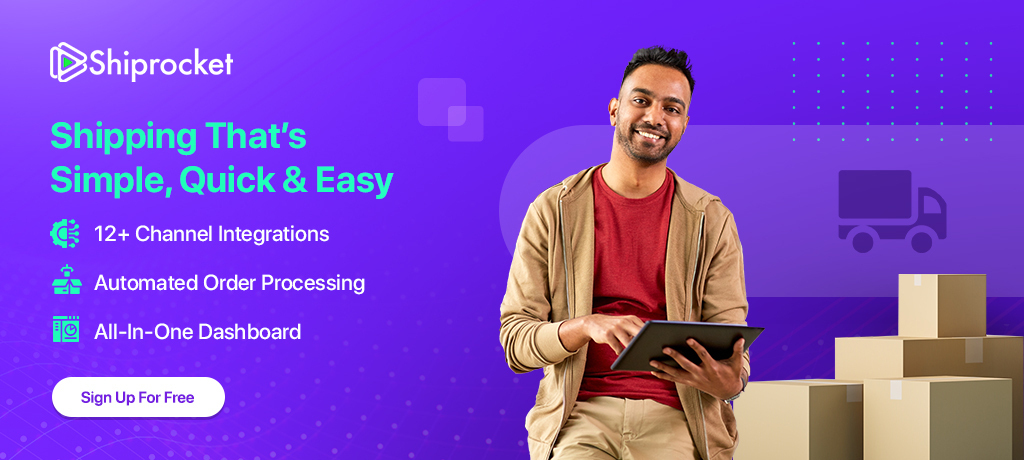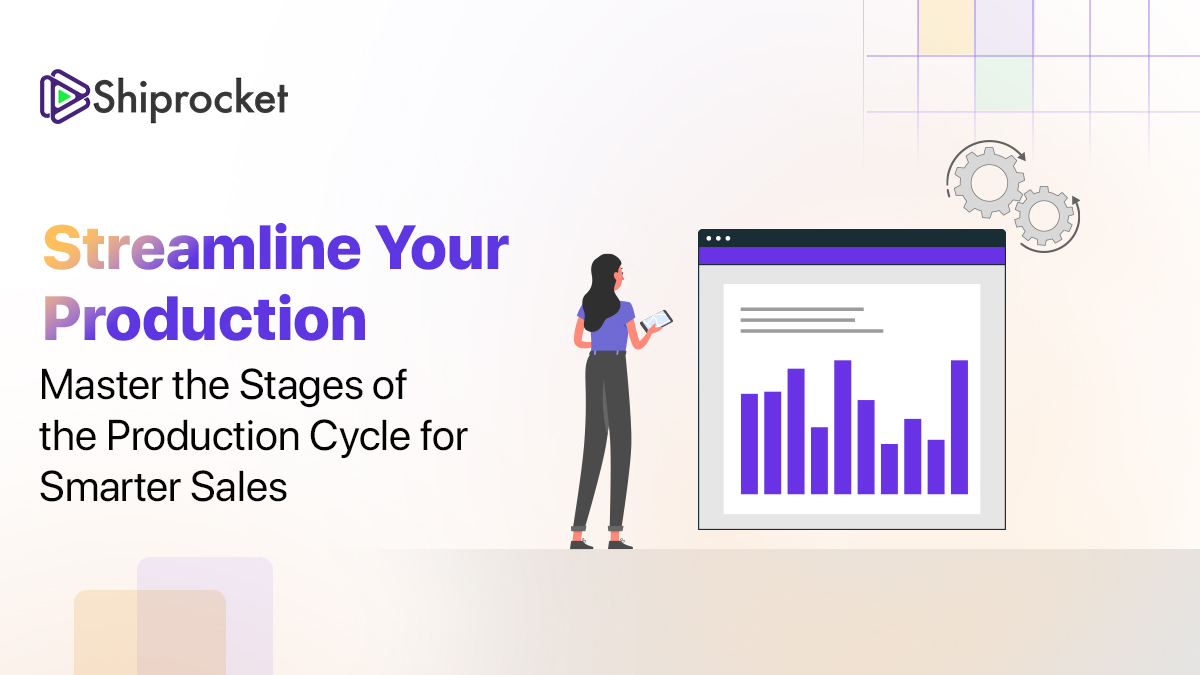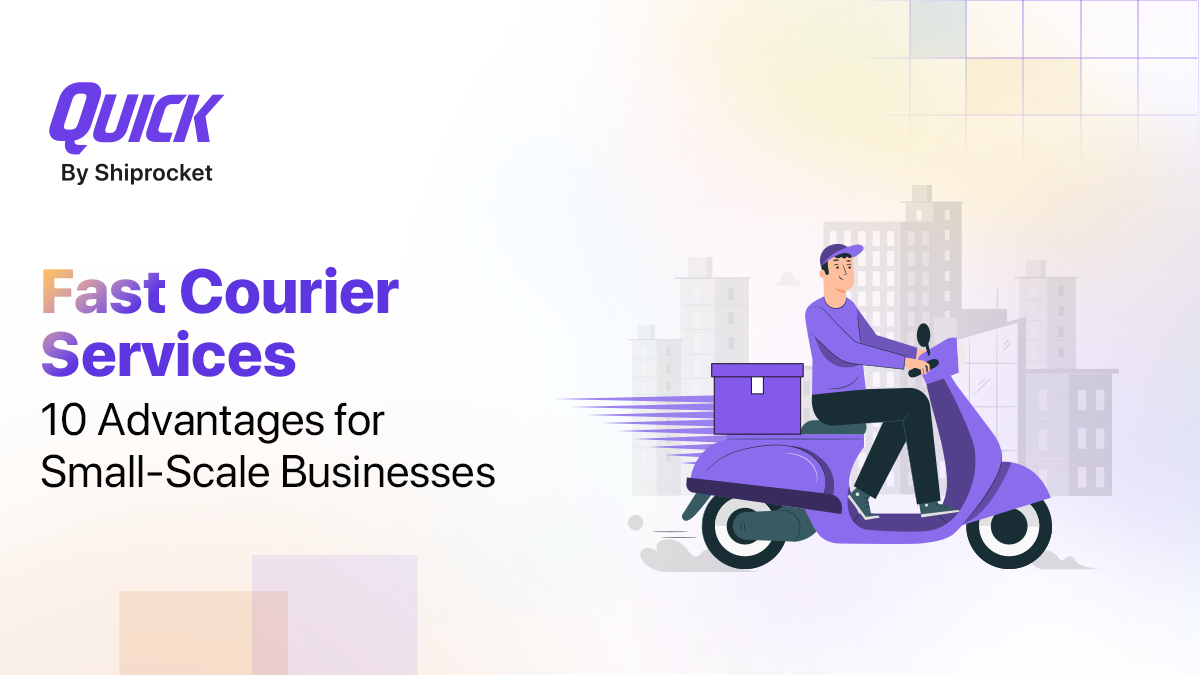A Guide to eCommerce Return to Origin Processing & Terminology
It isn’t surprising to know that return rates for eCommerce platforms like Amazon and Flipkart have fallen from 22% last year to 18-20% currently. However, the returns by courier partners are higher due to disruption in the supply chain and logistics industry.
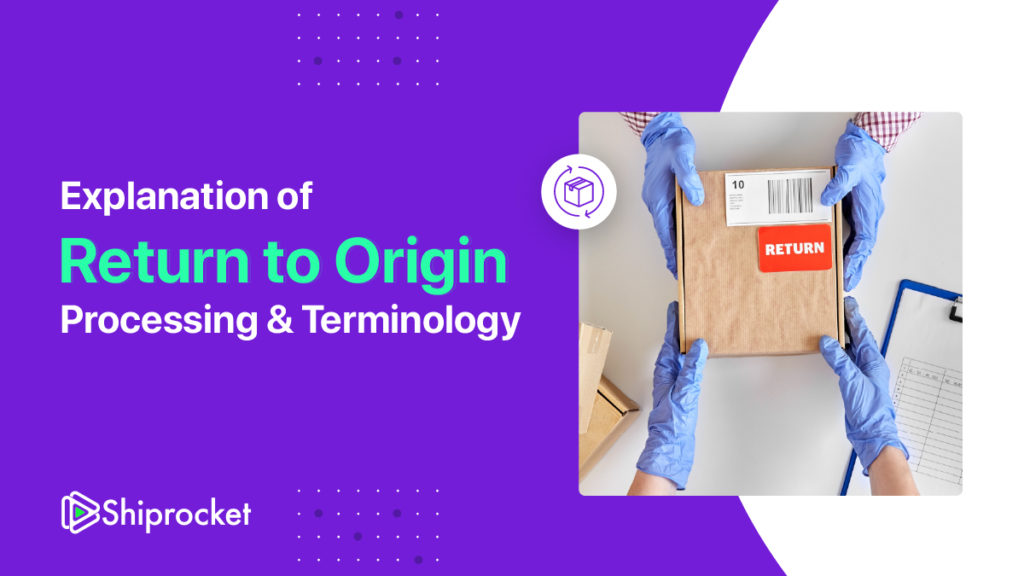
The problem with selling products online is that customer doesn’t get to see products in real-life. That’s why 30% of all products sold online end up returned. This is why online retailers should know about RTO or Return-to-Origin and why it plays an important role in return processing.
Let’s get started.
Definition of Return to Origin (RTO)
RTO or Return to Origin status is marked when a parcel is not delivered at the customer’s doorstep due to any reason and sent back to the seller’s pickup address. The seller has also made RTO requests for different reasons.
Main Reasons for RTO Request
The main reason for Return to Origin (RTO) request is when a package remains undelivered and is sent back to the seller.
- Order is not accepted by the customer.
- Customer is not available at the given address.
- Cancellation of order or customer denies the delivery of the package.
- The address of the buyer is incorrect.
- The customer premise/ office is closed.
- Failure in re-attempt for delivery
RTO parcels are charged for shipping so that they can be an expensive affair for the seller. Every business tries to minimize their RTO orders by taking proactive steps and mentioning the correct contact details of the customer to ensure delivery.
The seller can choose to receive a shipment back if it isn’t delivered, when the courier company marks the e-parcel as RTO. Alternatively, if RTO doesn’t seem like a profitable option, the seller can request the courier company to discard the product.
Return to Origin (RTO)Terminology
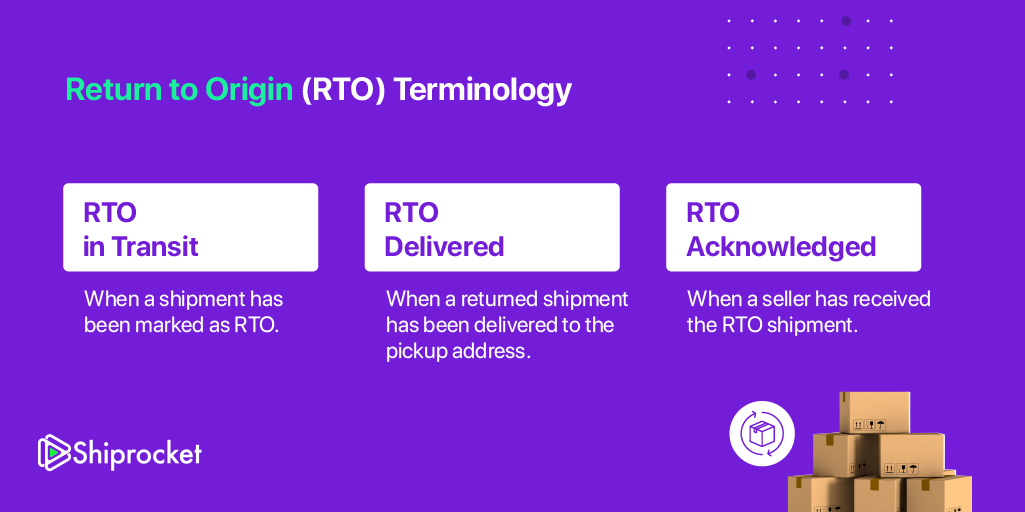
RTO in Transit/Intiated
RTO in Transit or RTO initiated is the stage when your shipment has been marked as RTO by the courier company after three failed delivery attempts.
RTO Delivered
RTO delivered refers to the process when your returned shipment has been delivered to the pickup address.
RTO Acknowledged
RTO acknowledged status is marked when a seller has received the RTO shipment.
How Is the Return to Origin (RTO) Processed Further?
The RTO in case of undelivered packages isn’t processed immediately because the non-delivery report (NDR) comes in place. An NDR is a form of receipt containing orders that could not be delivered for some reason.
Let’s learn how to do it?
For an undelivered order, the seller’s courier partner sends send the status of orders to the sellers. They need to respond to the raised request through NDR with ‘Return to Origin’ or ‘Reattempt’ of delivery. Based on the seller’s response, the following steps can be taken.
- The courier company send the text messages, email, or make an IVR call to the customer to know whether they would want to accept the parcel of not.
- In case the customer is not reachable via phone, message, by any mode of communication or declines the order, an RTO is generated.
- In case there is no response, the order is sent back to the seller’s address.
- Re-attempts of delivery of the order can be made three times at most.
Return to Origin (RTO) can be classified into four categories.
- Wait for the return of a package, then reship.
- Reship the package immediately, and expect a return.
- Wait for the return of the package and cancel.
- Reship the package immediately, and don’t expect a return.
Using the Shiprocket shipping solution, you can bring down RTO percentage to 10% and reduce RTO charges to a minimum. Features like multifunctional NDR dashboard and automated panel prove extremely useful in shipment processing.


